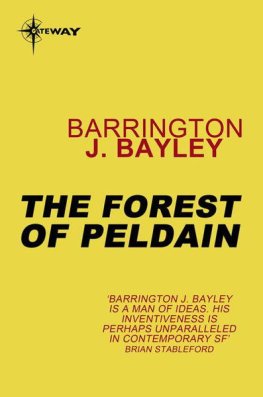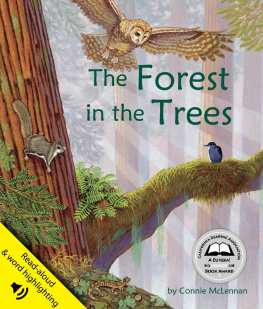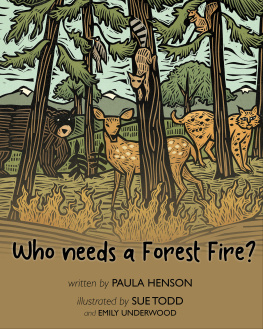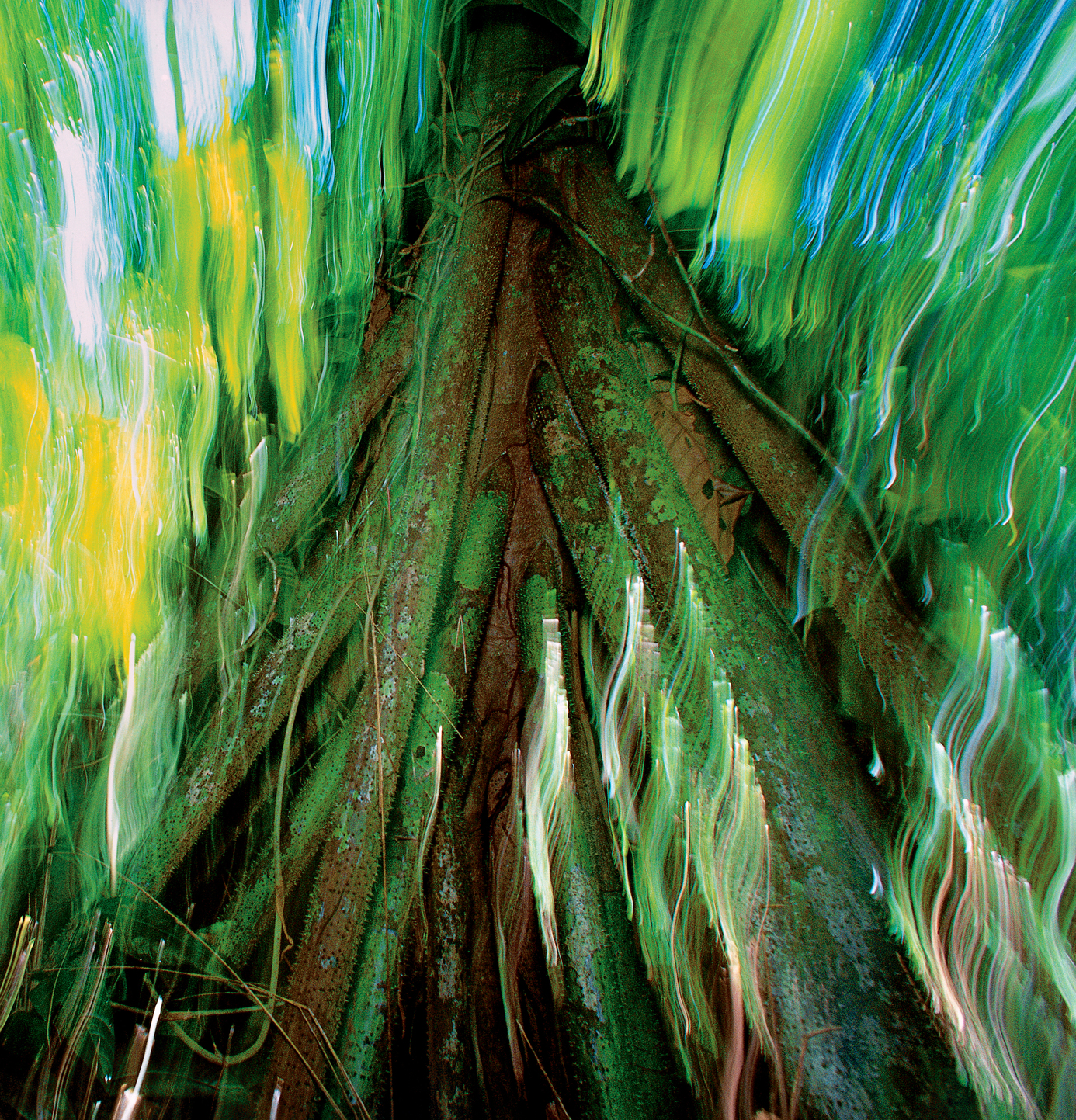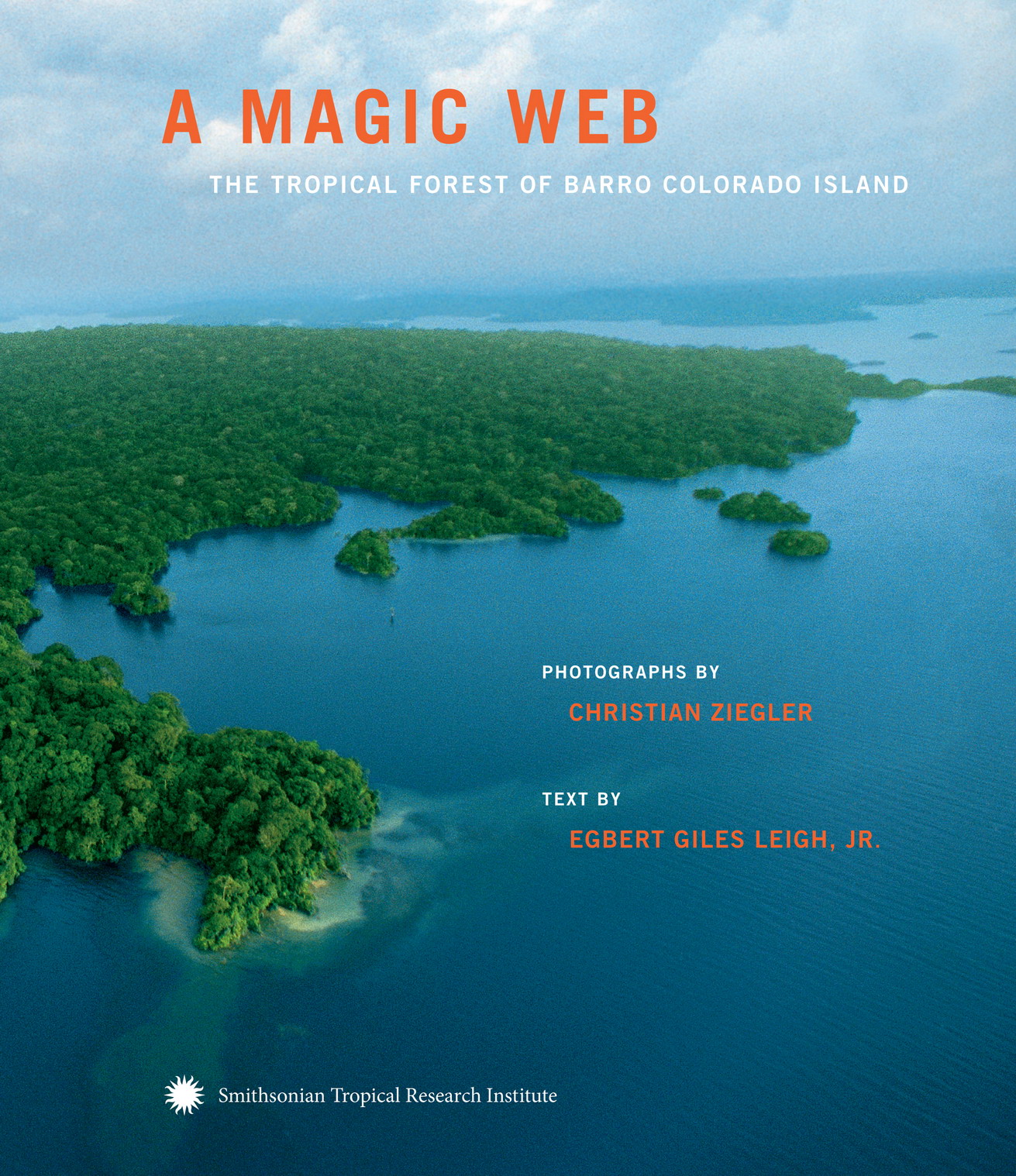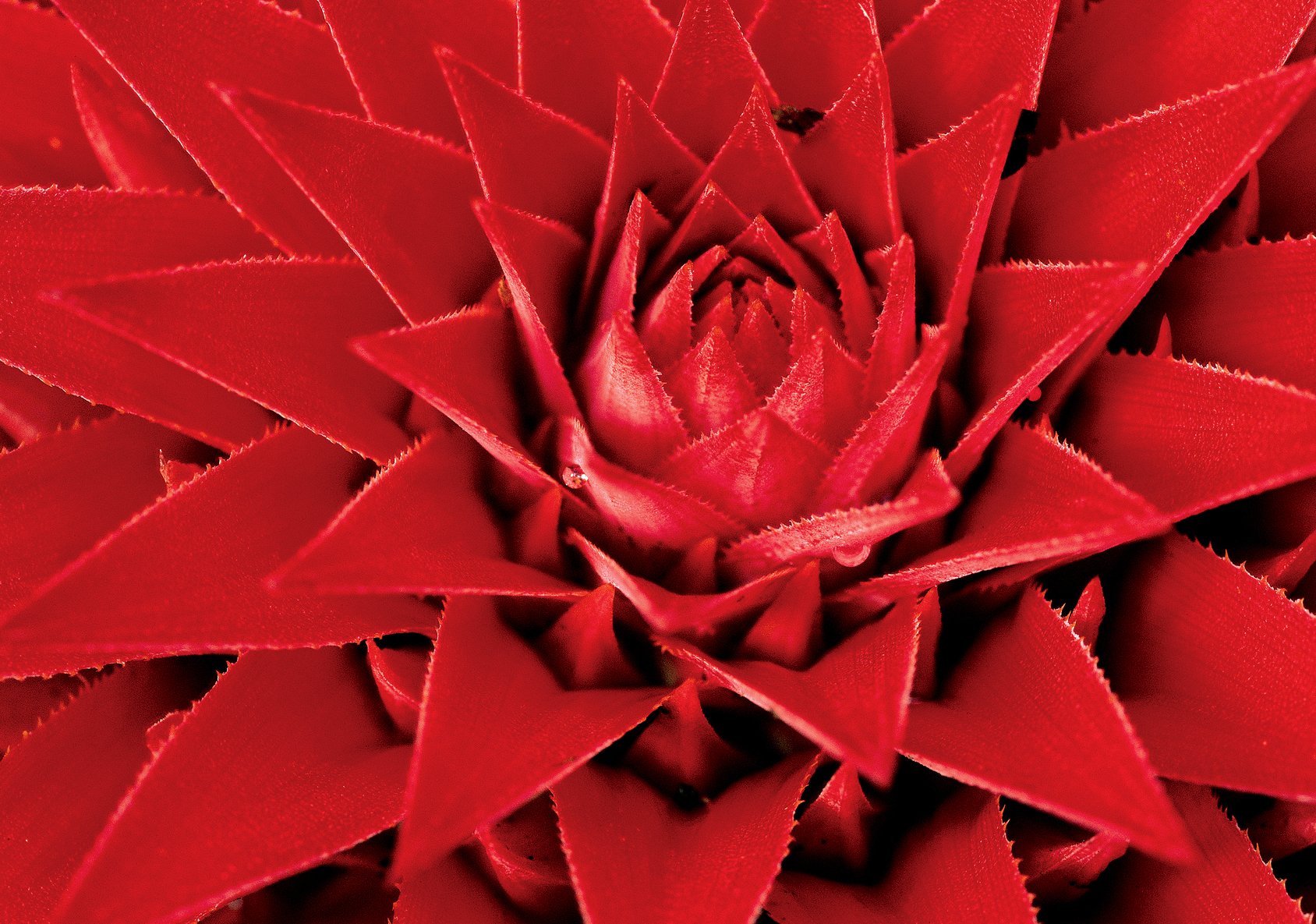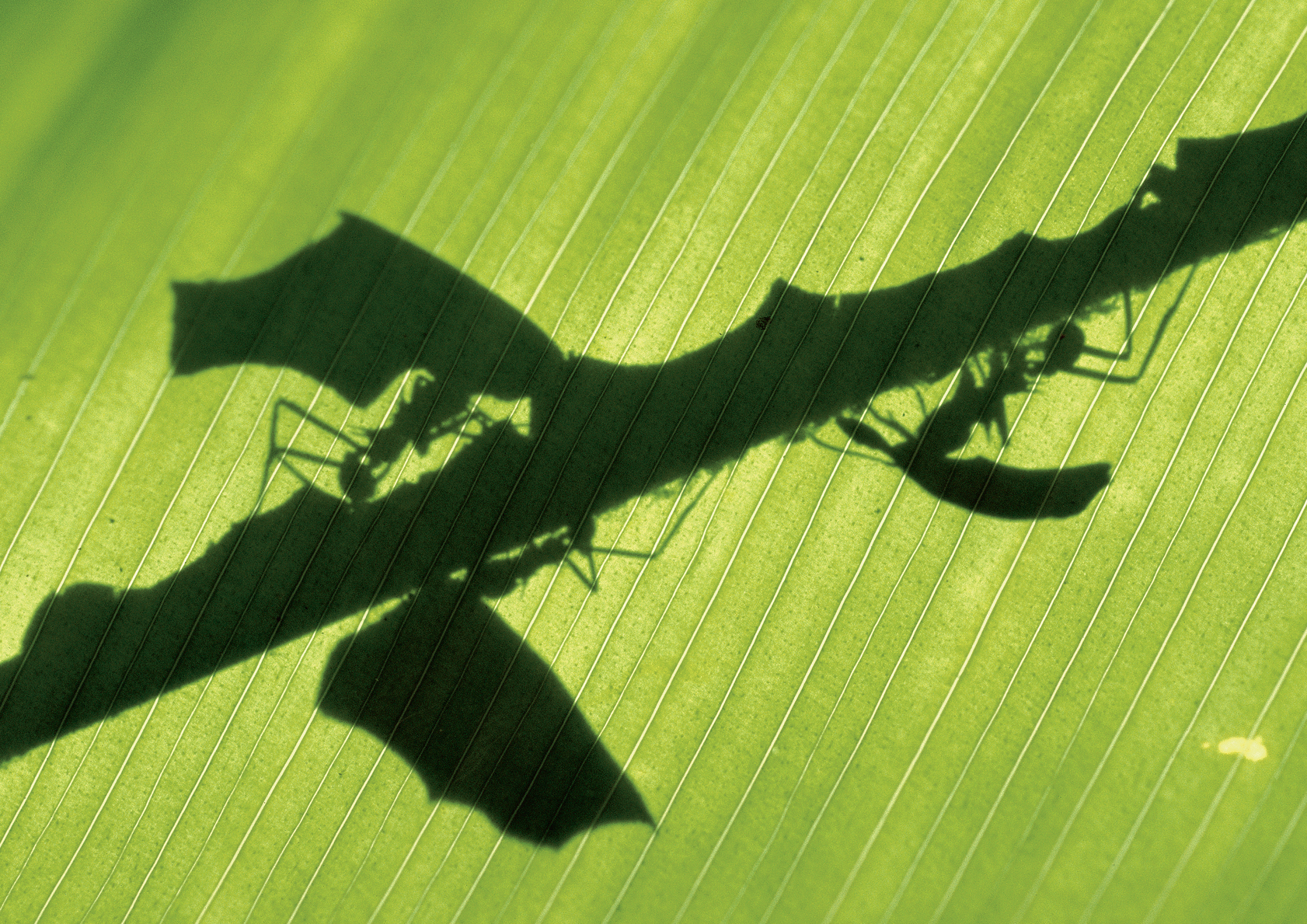Contents
COPYRIGHT AND CREDITS
Photographs 2012 Christian Ziegler
Compilation copyright 2012, 2016 Smithsonian Tropical Research Institute
Second edition (print) published 2012 by Smithsonian Tropical Research Institute
401 Avenida Roosevelt
Balboa, Panama, Republic of Panama
stri.si.edu
Second edition (ebook) published 2016 by Smithsonian Institution Scholarly Press
P.O. Box 37012, MRC 957
Washington, DC 20013
scholarlypress.si.edu
All rights reserved. No part of this publication may be reproduced, stored in a retrieval system, or transmitted in any form or by any means, electronic, mechanical, photocopying, recording, or otherwise, without prior permission of Smithsonian Tropical Research Institute.
Original book design by Lisa Lytton
Paraculture Books, www.paraculture.com
A full subject index is included in the print edition.
Front cover: A flag-footed bug rests on a poisonous passion-flower.
: A dreamlike impression during a morning walk in the dry season: sparkles of green and blue light fly by while one passes the stilt roots of a walking palm (Socratea exorrhiza).
: Barro Colorado, blanketed with lush forest, in a quiet Gatn Lake one afternoon late in the rainy season.
eBook ISBN9781935623939
v4.1
a
CONTENTS
To our Parents
May this book meet their standards of clear and agreeable discourse
This enormous flower belongs to Aechmea magdalenae, a large ground-living species of the Bromeliaceae, the pineapple family.
A dry-season rain can trigger a synchronized mass flowering of Tabebuia guayacan, perhaps the most impressive episode of flowering on Barro Colorado. After two days, the trees drop their petals, creating a spectacular flower carpet on the forest floor.
Enormous colonies of millions of leaf-cutter ants (Atta colombica) cultivate and protect a fungus, which they eat.
FOREWORD
I first met Egbert Leigh while wearing a cast over a broken leg during my interview to become a research scientist at the Smithsonian Tropical Research Institute (STRI). That was more than 20 years ago. Egbert had already been at STRI for at least that long before my eventful trip, and by reputation he was a formidable evolutionary ecologist. If I hoped to join the scientific staff of this wonderful institution, I knew that I had best follow his enlightened lead around the trails of Barro Colorado Island (BCI).
Your tour of BCI through A Magic Web will be considerably less strenuous, though no less insightful. No one knows the terrain better or has a greater command of the science that has been carried out under the canopy of BCI than Egbert.
While I missed many of the sights on that first visit to Barro Colorado Island, youll feel as if you are walking the trails of the island via the photography of Christian Ziegler. Christian came to STRI as a research fellowa future scientist with an eye for photography. Much of great science owes to thoughtful observation, and Christian has turned his eye and lens to the fusion of science and art in order to share the wonder of tropical nature with others.
Christian and Egbert collaborate through A Magic Web to reveal the science and beauty of nature on BCI. The island sits in Gatn Lake, facing the giant container ships that pass from ocean to ocean through the Panama Canal. Panama has been home to our scientists since the Smithsonians third Secretary, Charles Walcott, and U.S. President William H. Taft championed the 19101912 Smithsonian Expeditions to document the exquisite biological diversity of the Canal Zone. President Pablo Arosemena of Panama then asked the Smithsonian scientists to extend the biological survey to the entire national territory, initiating a friendship and partnership that has sustained the discovery of tropical knowledge for the past 100 years. In 1924, the original research station on Barro Colorado Island was constructed, begetting a legacy in tropical research that continues to promote exceptional intellectual leadership. STRI now has nine research facilities in Panama, owing to the generosity of the people of Panama and the United States.
For the uninitiated, a question might come to mind: Why Panama? As recently as three million years ago, the Isthmus of Panama connected two continents and divided two oceans. The land bridge between North and South America provided for an exceptional exchange of flora and fauna, and has led to remarkable studies of biological invasion, diversification, and extinction. The separation of the Eastern Pacific Ocean and Caribbean Sea set in motion the origin of new marine species, and it was this event that first drew my attention to the Isthmus, and the unparalleled opportunities for the study of speciation. For tropical biologists, the Isthmus of Panama is the single greatest natural laboratory available to study the past, present, and future of tropical biodiversity.
From the beginning, the research station at BCI attracted scientists across disciplines. Their evening discussions with one another after a days research in the field stimulated penetrating science and yielded new knowledge for the benefit of humankind. BCI, known as a mecca for tropical biologists, is widely regarded as the site of the longest-running conversation in tropical biology. That tradition continues today as STRI hosts 40 staff scientists and more than 1,200 scientific visitors and students every year, each of whom asks questions of the Earth and engages in rigorous scientific debate.
With A Magic Web, Egbert and Christian have provided us a heady glimpse of a tropical forest ecosystem, and together they reveal the beauty and necessity of Nature. As we face continued population growth around the globe, our needs for the goods and services of a rainforest growas does the need to harvest such goods and services sustainably. For that we must strive to understand more about tropical forests, fresh water, biodiversity, and the evolution and ecology of living things that make up


